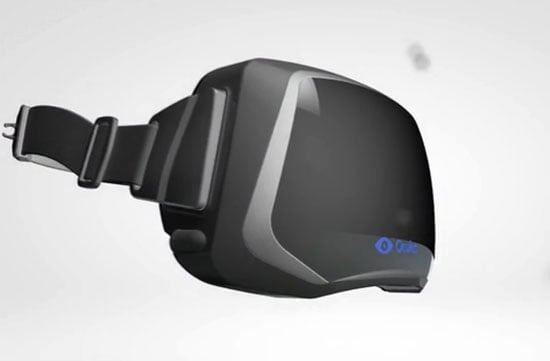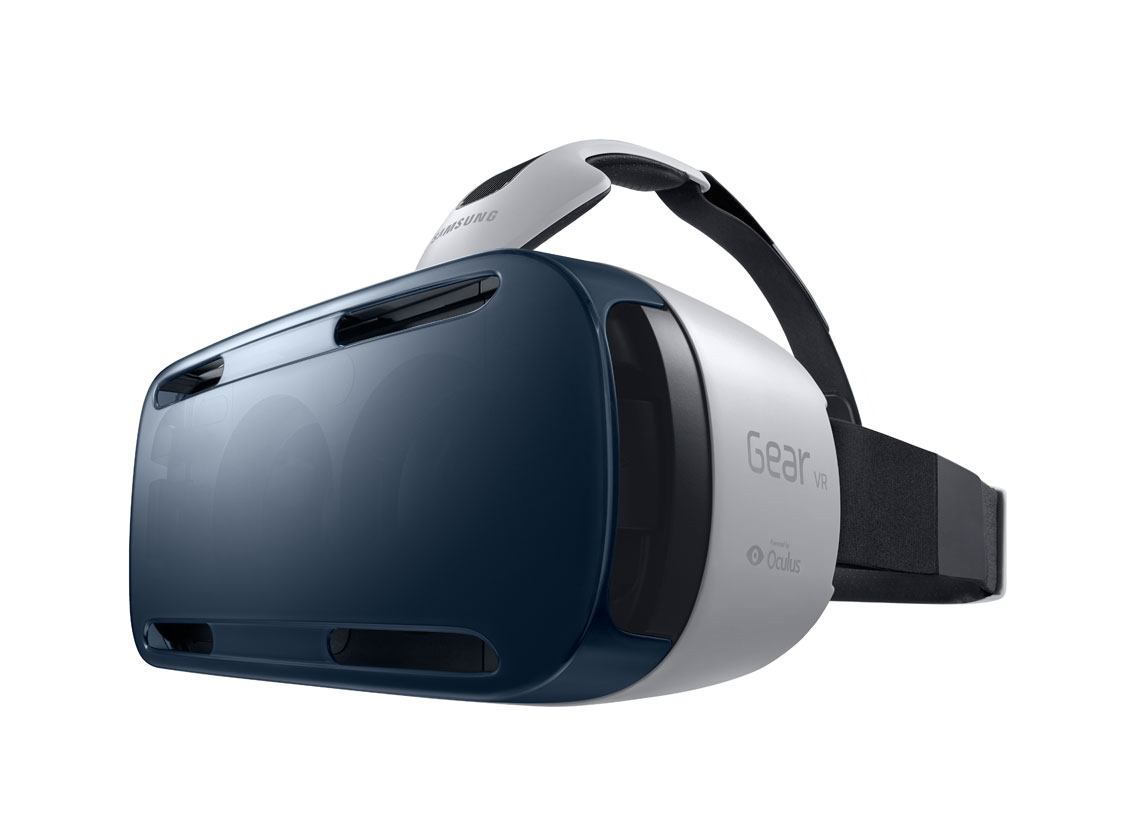The big promise: The Oculus Rift
Without doubt, virual reality headsets are incredibly interesting devices. That said, they are still very much in the development phase. Indeed, the Oculus Rift, which is probably the most well-known virtual reality headset, has yet to be released in its final form.
As of right now, you can only purchase the “developer’s edition.” This means that software is still being created for it, and that the hardware is being optimized for the official release. Still, you should be able to get your hands on an Oculus Rift by 2016 at the latest.
The reality: The Samsung Gear VR
In the meantime, you can test out a kind of stripped down version of the Oculus Rift, otherwise known as Samsung’s Gear VR, which is basically a headset that you can strap a Galaxy Note 4 to in order to simulate a virtual reality experience.
The Samsung Gear VR is a preview of things to come. It uses your Galaxy Note 4 to project two images, one for your left and right eye. The headset also accounts for head movement, and comes preloaded with a few different types of VR software that you can play around with. It is fairly simply to use. All you need to do is strap it on your head, place it over your eyes, and go. Because it completely blocks your vision, it would behoove you to use it in a relatively hazard free area. In many ways, the Gear VR is an example of how virtual reality headsets will work for years to come. Like its unreleased brethren, it basically removes you from the outside world, providing a level of immersion far beyond that of current gaming technology. Of course, the Gear VR is merely the tip of the iceberg. It was developed in part by Oculus, and thus is the first consumer release of their virtual reality technology. Therefore you shouldn’t expect an entirely polished experience, as this articles states multiple times over.
Many big companies are jumping on the VR hype
Regardless, the future is bright for Oculus VR, in part because they were recently purchased by Facebook for around $2 Billon. With more money, they were able to field a larger development team, and thus should be able to release their device to consumers more rapidly than they had previously planned. Many see virtual reality headsets as having an unlimited amount of potential. Indeed, experts suggest that with improvements to the technology, these headsets could both fulfill “science fiction fantasies” and stimulate breakthroughs in the “industrial and medical” industries. With such a promising future, there should be no surprise that companies other than Oculus are looking to jump into the virtual reality arena. These include familiar names such as Microsoft and Sony. Microsoft in particular is an interesting case, as they’ve already made some headway into the VR world with Kinect. Experts speculate that Kinect, when combined with a custom-made virtual reality headset, could prove to be a potent combo that rivals Facebook/Oculus’ future offerings. Sony is also attempting to journey into the virtual reality world with its Project Morpheus, a headset meant to be paired with their Playstation 4 console. What about the other big fish in the gaming industry, Nintendo? Shigeru Miyamoto, creator of famed games such as Super Mario Bros and The Legend of Zelda, believes we should temper our expectations. He states that he feels “a little bit of uneasiness with whether or not [using a virtual reality headset is] the best way for people to play,” in part because he is unsure if the improved immersion is worth removing the social aspect from gaming. Nevertheless, virtual reality is bound to make a gigantic impact. It has to, with huge companies like Facebook, Microsoft, Samsung, and Sony all interested in seeing it succeed as a platform.
What can you do to get VR right now?
You don’t really have many options if you want to experience virtual reality in its current state. You can either purchase a Gear VR for $350 (which also requires that you own a Galaxy Note 4), or wait until companies like Oculus and Microsoft release final versions of their products. You can also purchase the aforementioned Oculus Rift Development Kit for $350, as long as you keep in mind that it is not really meant for use by the general public. All things considered, I think that virtual reality might become the next big trend in gaming. With hardware improvements plateauing in recent years, what really matters is the software, and your ability to craft an immersive experience. I can think of no better way to simulate immersion than with a virtual reality device of some kind. Either way, we will find out in a year or two at most. What’s your take on virtual reality? Is it something that interests you? Let me know in the comments below!

